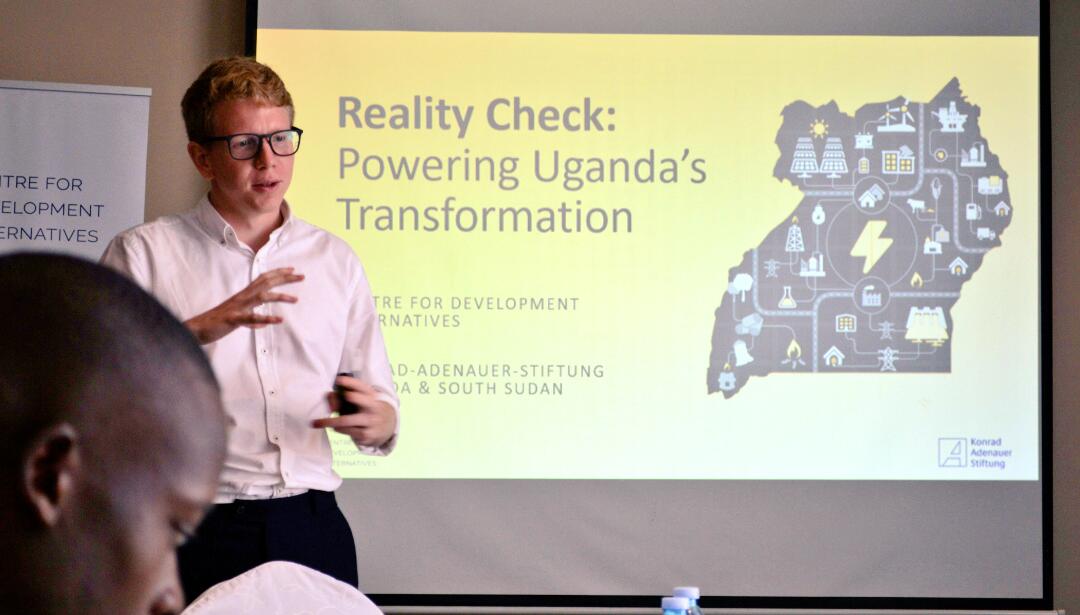A majority of industries in Uganda are heavily reliant on firewood and charcoal as their source of energy, posing a major environmental threat in the near future, a new study has shown.
Findings by Centre for Development Alternatives and Konrad Adenauer Stiftung (KAS) indicates that biomass alone contributes about 83% of the industry sector energy consumption.
This was revealed Monday by Max Walter, the Executive Director of Centre for Development Alternatives while releasing the report at Sheraton Kampala Hotel. The study examines the role of energy as a driver and shaper of economic transformation in Uganda.
It involved review of secondary analytical literature from academia, donors, government and quantitative data on Uganda’s energy system. Several stakeholders (government officials, sector experts, civil society, private sector, value chain actors) were also interviewed.
The report titled ‘Reality Check: Powering Uganda’s Transformation’ indicates that woodfuel, which is extracted from cut down trees, is the commonest source of energy for these industries. Generally, biomass is the biggest source of energy accounting for almost 90% of all the energy consumed in the country.
The second source of energy is petroleum products (at 12%) and electricity (5%).
“We are massively reliant on our forests which is a problem. It is bad for the environment but also for the economy,” Walter said on Monday.
Industrial and commercial forms are significant users if biomass consuming 5.3 million tonnes of firewood, 1.8 million tonnes of agricultural residue and 0.3 million tonnes of charcoal annually. This amounts to 9.2 million tonnes of total wood equivalent.
In the industries, wood largely goes into process heating and to fuel artisanal brick burning, tea drying, small scale lime production, tobacco and confectionery industry.
“It is striking that artisanal brick making accounts for about two thirds of all wood fuel consumption by firms. Education institutions (mostly primary schools and secondary schools) are distant but unrivalled second,” the report states.
Recently, Kenya passed a stringent law which discourages the cutting down of trees, and the immediate effect was the importation of firewood and charcoal from Uganda, pushing the efforts on afforestation further to the edge.
Uganda’s forest cover fell from 4.8 million hectares in 1990 to 2.1 million hectares in 2015. The heavy consumption of firewood by industries colerates with the districts (Masindi, Nakasongola, Luweero) that surround industrialized areas, where forest cover is fast dwindling.
Findings by Centre for Development Alternatives and KAS reveal that wood fuel is mainly sourced from privately owned forests (47%) which unfortunately are not replenished since their clearance is to make space for other activities like farming and construction.
With the current trends in the consumption of firewood, coupled with Uganda’s fast rising population, findings from the study show that demand is likely to outstrip supplies in the near future unless quick interventions are undertaken.
The report recommends introduction of energy efficient devices and practices as well as substitution of wood in the two sectors (industry and education). Among them is switching to alternative fuels for process heating and cooking by industries such as the use of briquettes.










